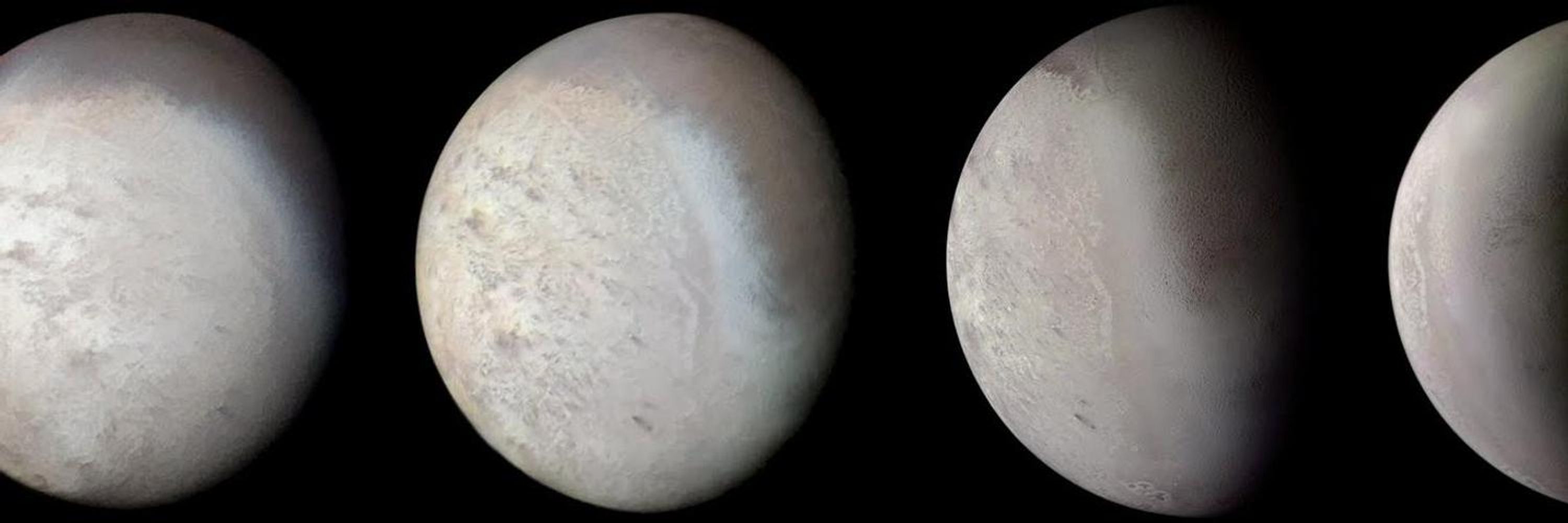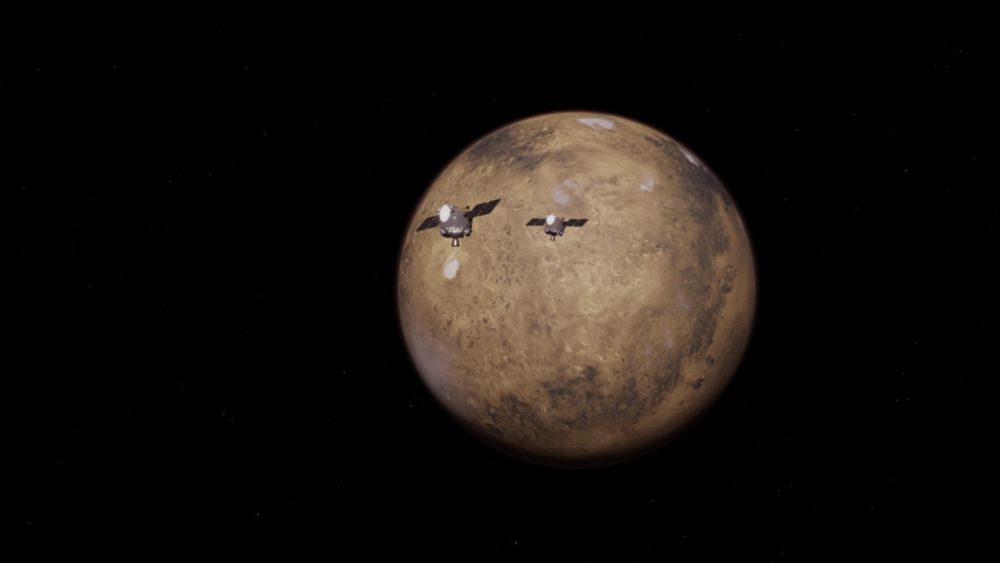
Images I post are Copyright Ted Stryk (processed or taken by me) unless otherwise noted. Professor at Roane State CC in Oak Ridge, TN
Time to update the Gas Giant Portrait I created, now including the new versions of Saturn and Uranus I recently processed.
Full size & more info: flic.kr/p/2oUkYSY 🔭🧪
Credit: NASA/ESA/CSA/STScI/AndreaLuck
Jupiter is next on the list to be updated :)

Time to update the Gas Giant Portrait I created, now including the new versions of Saturn and Uranus I recently processed.
Full size & more info: flic.kr/p/2oUkYSY 🔭🧪
Credit: NASA/ESA/CSA/STScI/AndreaLuck
Jupiter is next on the list to be updated :)
Bob Dylan (x13)
REM
Counting Crows
Soul Asylum
Willie Nelson
REM
The Smithereens
Bob Mould
Buckwheat Zydeco
Shonen Knife
NIN
Yeah Yeah Yeahs
Soul Coughing
Poe
Tom Morello
Bob Dylan (x13)
REM
Counting Crows
Soul Asylum
Willie Nelson






Full size image & info flic.kr/p/2rFJT4F
Credit NASA/JPL-Caltech/UArizona/AndreaLuck CC BY
Mars Reconnaissance Orbiter
2007-01-11 RED,IR,BG

Full size image & info flic.kr/p/2rFJT4F
Credit NASA/JPL-Caltech/UArizona/AndreaLuck CC BY
Mars Reconnaissance Orbiter
2007-01-11 RED,IR,BG
skyandtelescope.org/astronomy-ne...

skyandtelescope.org/astronomy-ne...
www.virtualtelescope.eu/2025/11/13/c...

www.virtualtelescope.eu/2025/11/13/c...
















Full resolution image version (~322Mpix) is available on Flickr www.flickr.com/photos/10958...
PDF version (~73MB) is available here: drive.google.com/file/d/1EW-x...
🧵 1/5

Full resolution image version (~322Mpix) is available on Flickr www.flickr.com/photos/10958...
PDF version (~73MB) is available here: drive.google.com/file/d/1EW-x...
🧵 1/5


